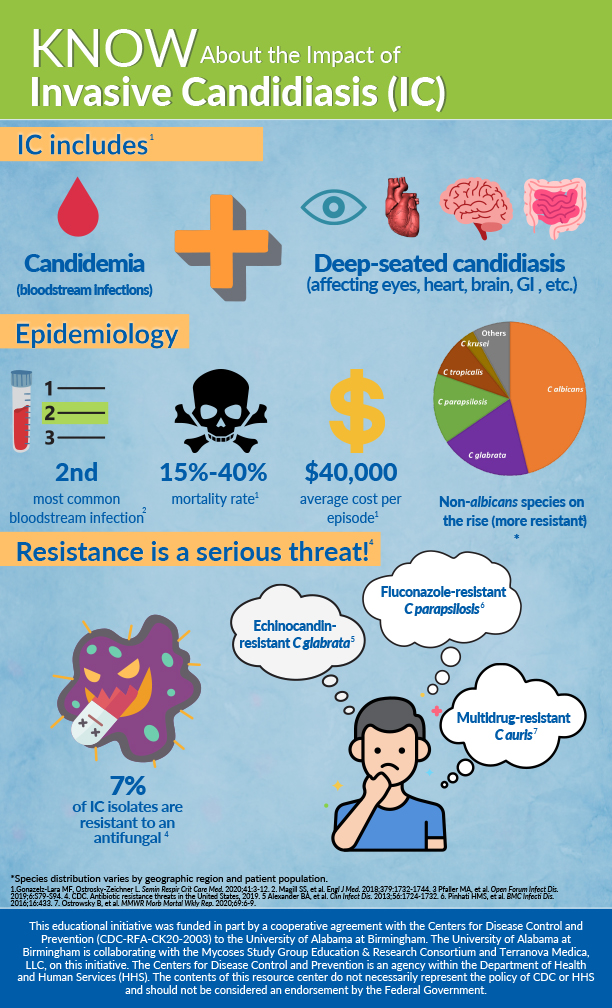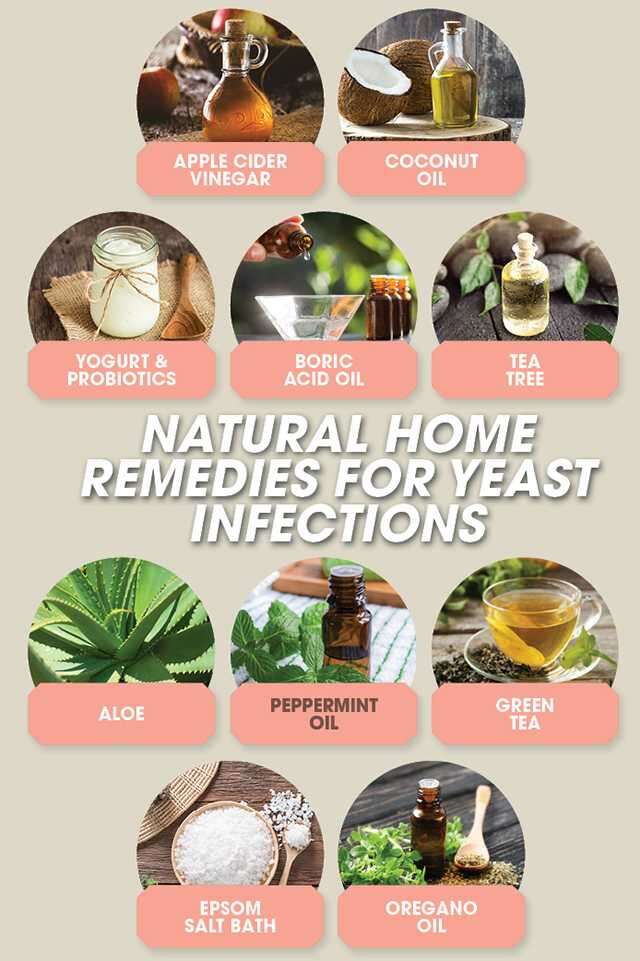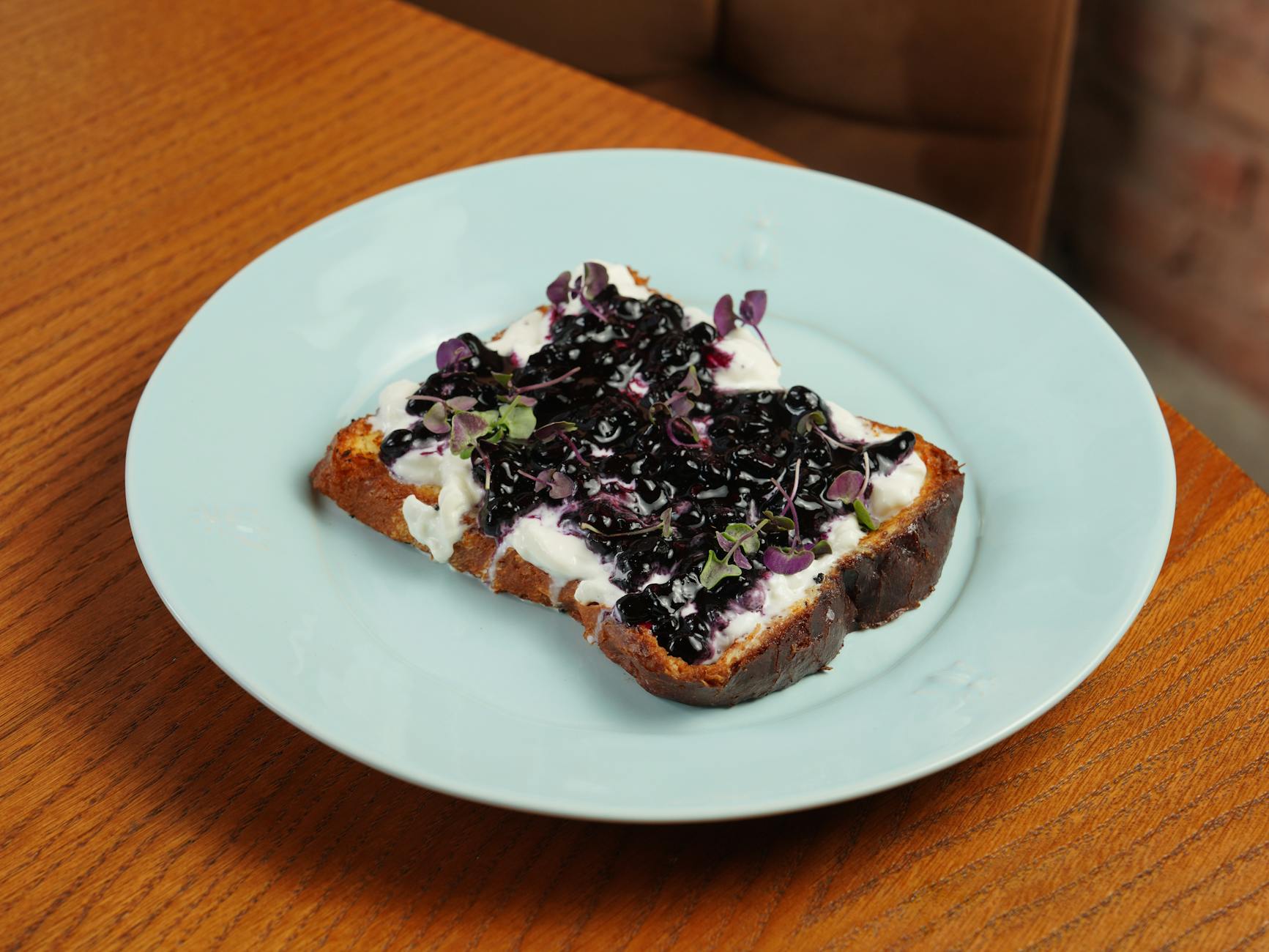Discover the top natural remedies and medical treatments to beat yeast infections once and for all in this informative post.
Table of Contents
- Amazing Introduction to Itchy Troubles
- What’s Yeast Infection Anyway?
- The Sneaky Signs of Yeast Infections
- Beating Yeast: The Top Treatments
- The Power of Prevention
- Friendly Fighters: Probiotic Therapy
- When Yeast Isn’t the Beast: Bacterial Vaginosis
- Day-by-Day: What to Expect During Treatment
- Talking to Grown-Ups About Yeast Infections
- All About Our Fabulous Fighting Foods
- Wrapping It Up Like a Gift
- FAQs: Curious Minds Want to Know
Amazing Introduction to Itchy Troubles
We’ll introduce our young readers to yeast infections and why they can be a bother. It’s like when you get a scratchy throat, but this itch is in other parts of your body. Just like how a mosquito buzzing around can be annoying, these yeast infections can be troublesome too.
Have you ever worn an itchy shirt that you couldn’t wait to take off? That’s what it can feel like when your body has a yeast infection. But don’t worry, we’re here to help you understand what causes these itchy troubles and how we can beat them!
What’s Yeast Infection Anyway?
Let’s talk about what a yeast infection really is, using simple examples so it’s easier to understand.
Yeast Infections are Like Unwanted Guests
We’ll explain how yeast is normally in the body but sometimes grows too much, like when too many weeds take over a garden.
The Sneaky Signs of Yeast Infections
Yeast infections can be sneaky and make you feel uncomfortable. Let’s learn about the signs that your body might be dealing with one.

Image courtesy of www.pinterest.com via Google Images
How Your Body Tells You Something’s Up
When you have a yeast infection, your body may give you some hints. For example, you might notice itchiness or redness in certain areas. It’s like your skin is trying to talk to you and let you know that something is not quite right.
Listen to Your Body’s Cues
Pay attention if you start feeling different down there. Sometimes, a yeast infection can cause a funny smell or unusual discharge. Your body is really good at telling you when things are out of balance, so if you notice these signs, it might be time to speak up.
Uncover the Mystery of Yeast Infection Symptoms
Remember, yeast infections can show up in different ways for different people. It’s important to know what your body usually feels like so you can spot when things don’t seem quite normal. Being in tune with how you feel can help you catch a yeast infection early.
Beating Yeast: The Top Treatments
Let’s talk about the best ways to help your body fight off those pesky yeast infections. It’s like calling in tiny superheroes to defeat the bad guys!
Using Medicine to Fight Off the Yeast
When the yeast in your body gets a little too rowdy, your doctor might give you special medicines called antifungal medications. These medications work like cops catching the bad guys, helping to get rid of the extra yeast causing trouble in your body. They’re like secret weapons to help your body get back to feeling its best!
The Power of Prevention
Preventing yeast infections is like keeping the bad guys out of your favorite video game – you need a strategy to stay safe and have fun. By following a few simple tips, you can keep those pesky yeast infections at bay and enjoy your adventures itch-free!

Image courtesy of ch.pinterest.com via Google Images
Dress Right to Fight the Yeast
Just like choosing the right superhero outfit can make all the difference in a battle, picking the right clothes can help prevent yeast infections. Tight clothes and synthetic fabrics can trap moisture and create the perfect environment for yeast to grow. Instead, opt for loose-fitting, breathable cotton garments. It’s like wearing armor to shield yourself from an enemy attack!
Friendly Fighters: Probiotic Therapy
In the battle against yeast infections, there are friendly fighters called probiotics that can help. Think of probiotics as tiny superheroes that keep your body in balance and fend off the bad guys, just like how a brave knight protects the kingdom from dragons.
What are Probiotics?
Probiotics are good bacteria that live in your body, especially in your gut. They help your digestive system work well and can also support your body in fighting off yeast infections by maintaining a healthy environment, like how a loyal pet guards your home from intruders.
How Probiotics Help
When you take probiotics, whether in the form of supplements or by eating yogurt with live cultures, these good bacteria work to keep the balance in check. Imagine probiotics as your body’s allies, working hard to make sure the bad bacteria, like the villains in a story, don’t take over and cause trouble like yeast infections.
By including probiotics in your daily routine, you’re giving your body the extra help it needs to fight off yeast infections and stay healthy. It’s like having a team of defenders inside you, ready to keep you strong and well.
When Yeast Isn’t the Beast: Bacterial Vaginosis
Have you heard of bacterial vaginosis? It may sound like a big and scary term, but don’t worry, we’re here to help you understand what it is all about. Unlike a yeast infection, which is caused by too much yeast in the body, bacterial vaginosis is when the balance of good and bad bacteria in the vagina gets out of whack. It’s like having a messy room with too many toys scattered around!

Image courtesy of funguseducationhub.org via Google Images
How Bacterial Vaginosis Differs
Think of your body as a garden. The good bacteria are like the plants you want growing – strong and healthy. The bad bacteria are the pesky weeds that can take over if not kept in check. Bacterial vaginosis occurs when those weeds start growing uncontrollably, causing discomfort and a fishy smell.
Just like how you’d clean up the mess in your room by putting away the toys and tidying up, treating bacterial vaginosis involves restoring the balance of good bacteria in the body. This can be done with the help of doctors who might prescribe special medications or recommend probiotics to introduce more good bacteria into the system. It’s like inviting friendly gardeners to help tend to your garden!
Day-by-Day: What to Expect During Treatment
We’ll map out what happens each day during treatment, like following the chapters of a storybook.
Starting the Journey to Feeling Better
When you start your treatment for a yeast infection, it’s like embarking on an adventure to help your body feel better. You take your special medicine every day, just like following a map to find a hidden treasure.
Watching the Tiny Superheroes at Work
As the days go by, the antifungal medication you take acts like tiny superheroes fighting off the yeast in your body. It’s like having your own team of powerful defenders working inside you.
Feeling Stronger Every Day
With each passing day, you may start to feel better and stronger, just like a character in a story becoming more powerful and brave. The medicine is working hard to kick out the annoying yeast.
Celebrating Your Victory
After following your treatment plan diligently, you will eventually reach the end of the journey feeling victorious. It’s like completing a thrilling quest and emerging as the hero, free from the troublesome yeast.
Talking to Grown-Ups About Yeast Infections
When you think you might have a yeast infection, it’s essential to talk to a grown-up about it. Here are some tips on how to have that conversation in a clear and honest way.

Image courtesy of www.pinterest.com via Google Images
Choose the Right Time and Place
Find a quiet and private time to talk to your parent or guardian about how you’re feeling. It’s best to have this discussion when you’re calm and collected, so they can give you their full attention.
| Treatment | Description | Usage | Effectiveness |
|---|---|---|---|
| 1. Antifungal Medications | Prescription or over-the-counter drugs that target the yeast infection | Oral or topical application as directed by healthcare provider | Highly effective in treating yeast infections |
| 2. Probiotics | Live bacteria that can help restore the natural balance in the body | Oral supplements or vaginal suppositories | Can be effective in preventing and treating yeast infections |
| 3. Tea Tree Oil | Naturally derived antifungal agent with potential yeast-fighting properties | Diluted topical application or as part of a bath solution | May have some effectiveness in treating yeast infections |
| 4. Garlic | Contains allicin, a compound with antifungal properties | Oral consumption, topical application, or insertion into the vagina | Limited scientific evidence but some anecdotal support for its effectiveness |
Be Honest About Your Symptoms
Use simple words to describe what you’re experiencing. Let your grown-up know if you have any itching, redness, or unusual discharge. Being truthful about your symptoms will help them understand how to help you.
Ask Questions
Don’t be afraid to ask questions if you don’t understand something. It’s important to be curious and seek clarity about your health. Your parent or doctor is there to assist you and provide the information you need.
Listen to Their Advice
After discussing your symptoms, listen to the advice your grown-up gives you. They may suggest seeing a doctor or trying certain treatments. Trust that they have your best interests at heart and are there to support you.
Stay Positive and Calm
Remember, yeast infections are common and easily treatable. Stay positive and calm during the conversation. Your grown-up will appreciate your maturity and willingness to talk about your health openly.
Yeast Infection Myths Busted!
Yeast infections are no fun, but it’s important to know the truth about them. Let’s dive into some common myths and clear them up once and for all!
Myth: Only Girls Get Yeast Infections
Contrary to popular belief, yeast infections can happen to anyone, regardless of gender. It’s not just a girls’ club! Boys can get yeast infections too, so it’s important to take care of your body no matter who you are.
Myth: Yeast Infections Are Contagious
Yeast infections are not like catching a cold from a friend. They are caused by an overgrowth of yeast that naturally lives in our bodies. You can’t “give” someone a yeast infection by sharing toys or playing together. It’s your body’s own balance that matters.
Myth: You Can Only Get a Yeast Infection If You’re Dirty
Having good hygiene is important for overall health, but getting a yeast infection doesn’t mean you’re dirty. It can happen to anyone and is often caused by things like wearing tight clothes or taking certain medications. It’s not about how clean you are!
Myth: Yeast Infections Are Just Like Any Other Itch
While yeast infections can be itchy, they are not the same as a regular itch. They are caused by a specific type of fungus that needs the right treatment to go away. It’s not enough to just scratch it like you would a mosquito bite!
All About Our Fabulous Fighting Foods
When it comes to keeping pesky yeast infections away, the food we eat can play a heroic role. Just like how you need the right tools to build a cool LEGO spaceship, eating the right foods can help your body fend off those unwanted yeast invaders.
Superfoods to the Rescue
Imagine foods like yogurt and garlic as your trusty sidekicks in the battle against yeast infections. Yogurt is like a shield, packed with good bacteria that can help restore balance in your body. Garlic, on the other hand, is like a powerful sword that can fight off those pesky yeast cells.
Fruits and Veggies: Nature’s Little Helpers
Just like how you need different colors to create a beautiful painting, eating a variety of fruits and vegetables can help boost your body’s defenses against yeast infections. These colorful foods are rich in nutrients that can help strengthen your immune system, making it harder for yeast to cause trouble.
Hydrate for Health
Drinking plenty of water is like giving your body a refreshing shower from the inside out. Staying hydrated can help flush out toxins and keep your system running smoothly, making it harder for yeast to find a cozy spot to multiply.
By choosing the right foods and beverages, like a brave knight selecting the best weapons for battle, you can empower your body to fend off yeast infections and stay strong and healthy.
Wrapping It Up Like a Gift
Now we’ve covered a lot about yeast infections and how to treat them. Just like wrapping a present, let’s summarize everything we’ve learned in a neat and tidy package.

Image courtesy of www.femina.in via Google Images
Yeast infections, also called candidiasis, can be like having unwanted guests in your body. Yeast is normally there, but when it grows too much, it can cause itching and discomfort.
Key Takeaways:
One of the top treatments for yeast infections is antifungal medication. Think of these medicines as tiny superheroes that fight off the bad guys, or yeast, in your body.
Preventing yeast infections is important too. Just like wearing a helmet to skate, choosing the right clothes and practicing good hygiene can help keep yeast at bay.
Probiotic therapy, or good bacteria, can also be like having little pets that guard your body against yeast overgrowth.
If you ever come across bacterial vaginosis, know that it’s different from a yeast infection and may require different treatment. Always talk to a grown-up about any concerns you have.
Remember, it’s essential to communicate openly and honestly with parents or doctors about any symptoms or concerns related to yeast infections. They’re there to help and support you.
And let’s not forget about the power of food in fighting off yeast infections. Some foods can act like heroes in your lunch box, keeping yeast at bay and supporting your overall health.
So, just like wrapping up a gift, we’ve gathered all the knowledge we need to beat yeast infections and stay healthy. Keep these tips in mind, and you’ll be equipped to handle any itchy troubles that come your way!
FAQs: Curious Minds Want to Know
Can I catch a yeast infection from someone else?
Yeast infections are not contagious like catching a cold from a friend. You can get a yeast infection when the natural balance of yeast in your body gets disrupted, so it’s not something you can “catch” from someone else.
Do boys get yeast infections too?
Boys can also get yeast infections, although it’s not as common as in girls. Just like with girls, yeast infections in boys can cause itching and discomfort. It’s important for both boys and girls to take care of their bodies to prevent these pesky infections.
Can I swim or take a bath if I have a yeast infection?
While it’s generally okay to swim or take a bath when you have a yeast infection, it’s best to avoid using scented soaps or bubble baths that can irritate the sensitive area. Remember to pat yourself dry after bathing, as moisture can encourage yeast growth.
Is it true that eating yogurt can help with yeast infections?
Yes, it’s true! Yogurt contains good bacteria called probiotics that can help restore the balance of healthy bacteria in your body. Eating plain, unsweetened yogurt with live cultures can be a delicious way to support your body in fighting off yeast infections.
How long does it take for a yeast infection to go away?
With the right treatment, like antifungal medication or probiotic therapy, a yeast infection can typically clear up in about a week. It’s essential to follow your doctor’s instructions and finish the full course of treatment to ensure the infection is completely gone.
Can I still play sports or engage in physical activities with a yeast infection?
If you’re feeling up to it and not in discomfort, playing sports or being active is usually fine during a yeast infection. Just make sure to wear breathable, loose-fitting clothing and practice good hygiene to prevent irritation. Listen to your body and take it easy if needed.





